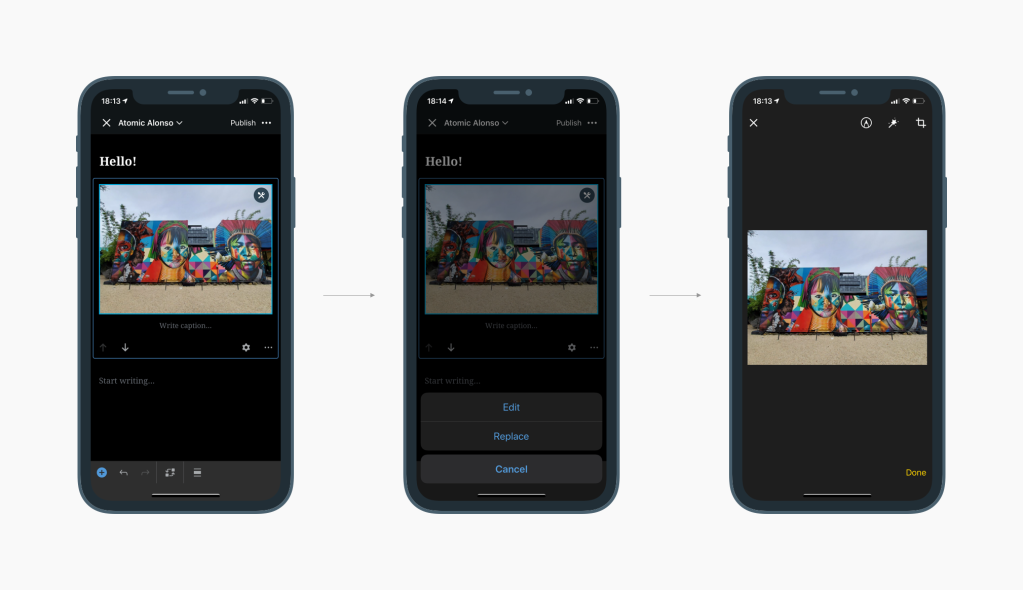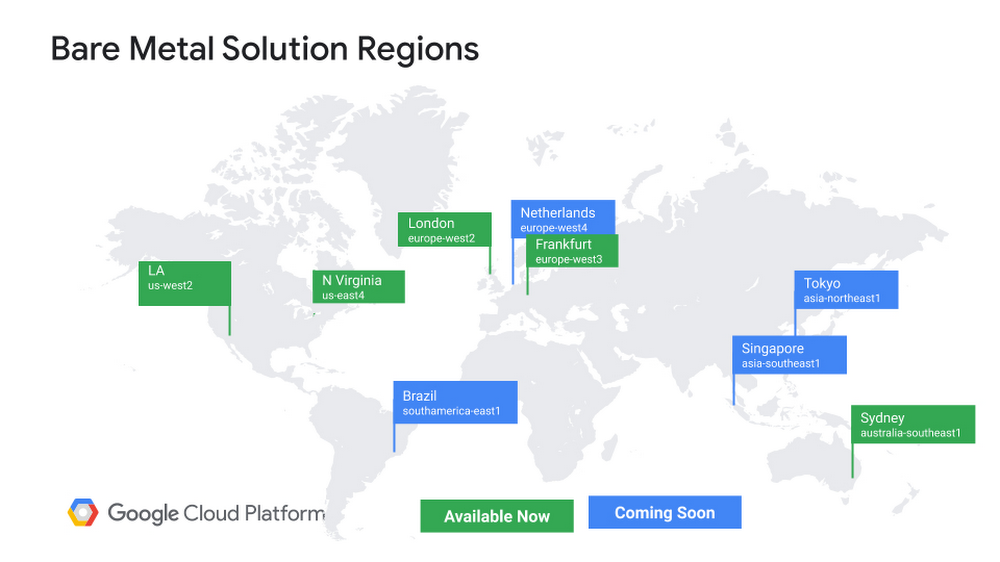It’s no secret that state governments in the U.S. have been asked to carry a heavy weight supporting their citizens during the COVID-19 pandemic. States have seen a rising volume of new unemployment requests, and other social services systems are being stressed like never before. At the same time, more state employees have transitioned to working from home and providing their services remotely. On top of all this, many states are trying to meet these challenges using decades-old legacy IT systems that were designed as the internet was gaining prominence and mobile was just a twinkle in technology’s eye. The coronavirus has shown what can happen when IT support systems get pushed to their limits. Governments have had to very quickly digitally transform their technology—making changes that would normally take months, or even years, in days. States provide support to citizens in all aspects of life, but the coronavirus has made that very difficult, given that shelter-at-home orders have increased states’ need to tap into more modern communication channels to connect with their citizens. States have responded by getting creative in the ways they’re handling the volume of requests, and many have turned to Google Cloud to help during these times when citizens need government support most. Agencies are transforming their service offerings to provide better customer service and rapid support that can scale to meet demand—no matter how high traffic gets, how citizens want to interact, or the status of legacy systems. Here’s a look at how states are addressing these challenges, and how Google Cloud is helping. Providing better service over the phone and webThis pandemic has left millions of people in need of state support, leading to unprecedented call volume and web traffic that many states’ legacy technology simply can’t support. With increased call volumes, it’s critical that employees can focus on cases that require the most expertise. Our Rapid Response Virtual Agent program can help agencies quickly develop and implement customized Contact Center AI virtual agents to respond to customers’ questions over chat, voice, and social channels—and deliver that information 24/7. This includes frequently asked questions, guidance from health authorities, locations for testing centers, and more. These features can help you efficiently deliver critical information, while alleviating the burden on your support staff.The Illinois Department of Employment Security (IDES) illustrates how this technology can help agencies provide better, faster customer service. Through Contact Center AI technology embedded in its Cisco Contact Center platform, IDES established an Automated Intelligent Virtual Web Agent and Intelligent Phone Agent to handle an influx of inbound calls and chats on its website, enabling the state to efficiently process 400,000 questions a day in 15,000 unique interactions. And the Virtual Phone Agent is answering 40,000 calls per day during after-hours. The service lets people interact in real time to offer immediate assistance to constituents with questions about eligibility, filing claims, and more. Another issue that comes up when lots of people are looking for information online at the same time is the risk of a critical website going down under the strain. Our content-delivery network (CDN)—the same one that supports other high-traffic Google services—can provide a backstop to help prevent your sites from crashing when traffic surges. Several state and local government websites, as well as healthcare providers, are turning to Google Cloud for our CDN offering for this very reason.Providing a more helpful user experienceSome users prefer to interact via a computer at home, others via a tablet or phone. For governments to serve all their constituents, they have to be able to make user experiences engaging and productive—no matter the device. Our modern, cloud-based architecture can help provide flexible user experiences and make changes on the fly, for the web or mobile devices.For example, the City of Chicago Public Health Department wanted to communicate directly with city residents experiencing COVID-19 symptoms. It worked with Google Cloud and MTX to build a health app, Chi COVID Coach, that will deliver important information and guidance directly to affected people. In a similar vein, Google Cloud and SpringML helped the City of Las Vegas build a COVID-19 intake application to manage placement of homeless patients at pop-up virus treatment centers in Las Vegas parking lots.Engaging with others remotelyOne of the biggest cultural changes COVID-19 has brought on is people relying on technology to interact virtually—for everything from meetings, to doctor’s appointments, to staying in touch with friends. But, it’s worth noting that remote work and other virtual interactions have been growing in popularity for years. Google Meet lets government employees, like social workers, engage with clients and deliver services virtually from the safety of their homes.We’re working with the Oklahoma State Department of Health, for instance, on solutions to help medical staff remotely engage with people who may have been exposed to the coronavirus. In under two days, the department deployed an app that lets medical staff follow up directly with people who reported symptoms and direct them to testing sites, if needed. In Georgia, there are a couple great examples of using Chromebooks with other Google technologies: Workers at the Georgia Department of Human Services Eligibility and Child Support are using Chromebooks to remotely access critical apps and data, while the Georgia Department of Community Supervision is using them to teleconference with Google Meet.Making legacy technology work for youIn the current environment, big IT projects like ripping out and replacing legacy IT systems are a non-starter for many government agencies. Our APIs (application programming interfaces) can help connect the modern technologies we’re discussing here with legacy mainframes and older IT systems. At the New York Department of Labor, for example, Google Cloud is working with the State Office of Information Technology Services to create a more user-friendly, streamlined, and reliable unemployment insurance application. The new system uses Google Cloud’s infrastructure to help increase reliability and allow the application to scale, so it can handle a high volume of users. In the first 24 hours of the updated application, more than 100,000 users successfully logged into the website.The past few months have changed the way we live and work. Public- and private-sector organizations alike are reimagining what’s possible and challenging the status quo to deliver digitally. Government agencies are moving with unheralded speed, innovation, and resiliency to modernize their legacy systems—and finding out along the way that this sort of transformation can provide benefits long into the future.
Quelle: Google Cloud Platform








